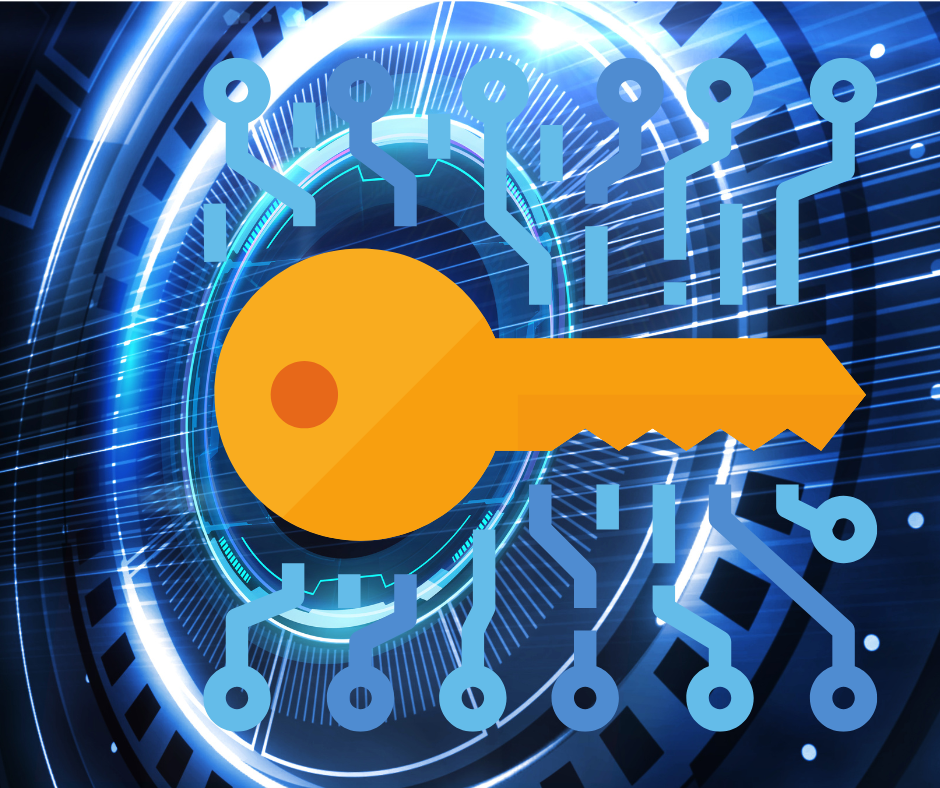Secure Messaging Practices for Small Businesses
Small businesses must prioritize secure messaging to protect sensitive information and maintain customer trust.
2 min read
.jpeg) Michael Markulec
:
Aug 14, 2023 4:09:22 PM
Michael Markulec
:
Aug 14, 2023 4:09:22 PM

Data security is paramount in the fast-paced world of digital business, where technology drives operations. If you're a small or medium-sized business (SMB), staying safe online can be the difference between doing well and facing big problems. Not fixing weak spots in your systems has often caused huge companies trouble, like when T-Mobile and Twitter got hacked and people's information was stolen. To avoid these kinds of nightmares, SMBs need to become experts in dealing with vulnerabilities by using smart ways to update their systems.
Think of dealing with vulnerabilities as having three parts: the good, the bad, and the at-risk. When you don't handle vulnerabilities well, it can lead to breaches – that's the "bad" part. On the other hand, some companies are still at risk of being attacked, but they haven't been targeted yet. The "good" way to handle this is by having a team that takes care of fixing problems and weaknesses in your systems. They make a list of the most important things to fix first and use tools to find and fix problems faster.
But doing this right is more than just wanting to do well. It means having a plan that covers everything about vulnerabilities, so you can focus on keeping things safe ahead of time. When you pick a program to help you with this, choose one that makes your work easier, saves time, and uses your resources well. The right program should help you deal with vulnerabilities in a strong way, turning your weaknesses into strengths.
Key Performance Indicators (KPIs) are like a guide for how well your plan works. Checking how often you scan your systems helps you find risks quickly. Keeping track of how long it takes to scan helps you do it faster. It's important to look at all parts of your systems, both inside and outside, to understand what's going on. Making sure it doesn't take too long to fix problems and dealing with vulnerabilities quickly are also really important.
To get started, you need to know all about your technology and where you might be attacked. Nowadays, that means thinking about personal devices and connections from far away. Knowing everything about what you have is important, like the devices you use, the networks they're on, and where they connect. You can use dashboards to see what's going on, but using tools that work automatically is even better. These tools don't just make things easier; they help you find the most important problems first.
When you have lots of problems to fix, deciding what to fix first is important. Think about things like how likely a problem is to be used against you, the security things you already have, and how much a problem could hurt your business. Once you decide what to fix, the work might be as simple as doing updates or it could be more complicated like changing big parts of your systems. The key is to think about how urgent a problem is compared to how hard it is to fix it.
Sometimes, you might not have enough time or resources to fix a problem completely. That's where mitigation comes in. It's a way to buy time so you can fix things later without leaving your systems open to attacks. But remember, this is just a temporary solution, not a final one.
To sum up, dealing with vulnerabilities is a big part of keeping your SMB safe online. Following these easy steps for updating your systems can help turn problems into ways to make things better. By doing these things, you can get ahead of problems and keep your important things safe from changing online threats. It's time to use the power of dealing with vulnerabilities to make your business stronger and protect it from the always-changing risks out there.

Small businesses must prioritize secure messaging to protect sensitive information and maintain customer trust.

In today's interconnected digital world, the security of your small business is paramount. As a CEO, understanding and implementing effective...
.png)
In today's digital age, small businesses are increasingly becoming prime targets for cybercriminals, making robust cybersecurity measures more...